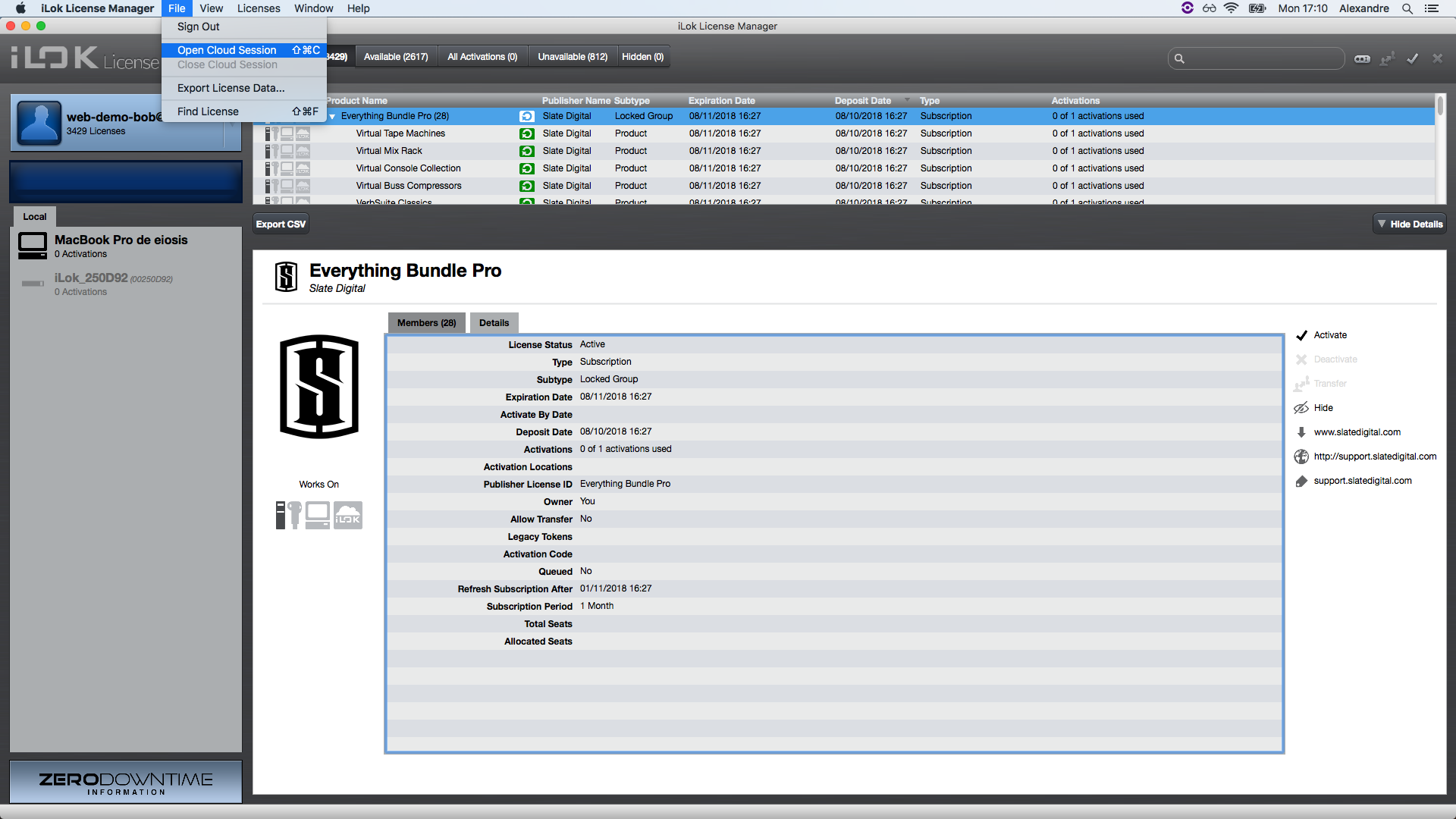

It means from one session, one user can login to unlimited number of companies and/or unlimited logins to the same company. However, if any of these parameters are changed when the same user logins, the system will treat it as a second session, then the first session will be locked. Let’s take a look at an example to understand the Licensing Improvement in SAP Business One 9.0:Ī SAP Business One user (let’s call it UserA), when it logins to Business One alone for the first time, the system already records its following parameters: Now around this user the followings scenarios will be applicable:ġ.

UserA opens a new Business One in the same workstation and logins to another company database: It is an existing Business One user name. UserB login to Business One via the sam e workstation either in the same windows session with a different SAP B1 instance or in a different parallel windows session: It is a new Business One user name. UserA login to Business One via another workstation with the same Windows user account: It is an existing Business One user name, but parameter a and c are changed. Login successful but the previous session of UserA will be locked.Ĥ. UserA login to Business One via the remote connection to the same workstation with the same Windows user account: It is an existing Business One user name, but parameter c is changed. So what does it mean by ‘locked’ as mentioned above? Login successful but the previous session of UserA will be locked. A system message will pop up as follows – Well, when another session of your logged in user is connected, your current user session will be locked for all the companies, like when pressing File->Lock Screen menu in Business One. Your session has been locked because another session was started using the same user ID.

To continue, exit or lock the other session.


 0 kommentar(er)
0 kommentar(er)
